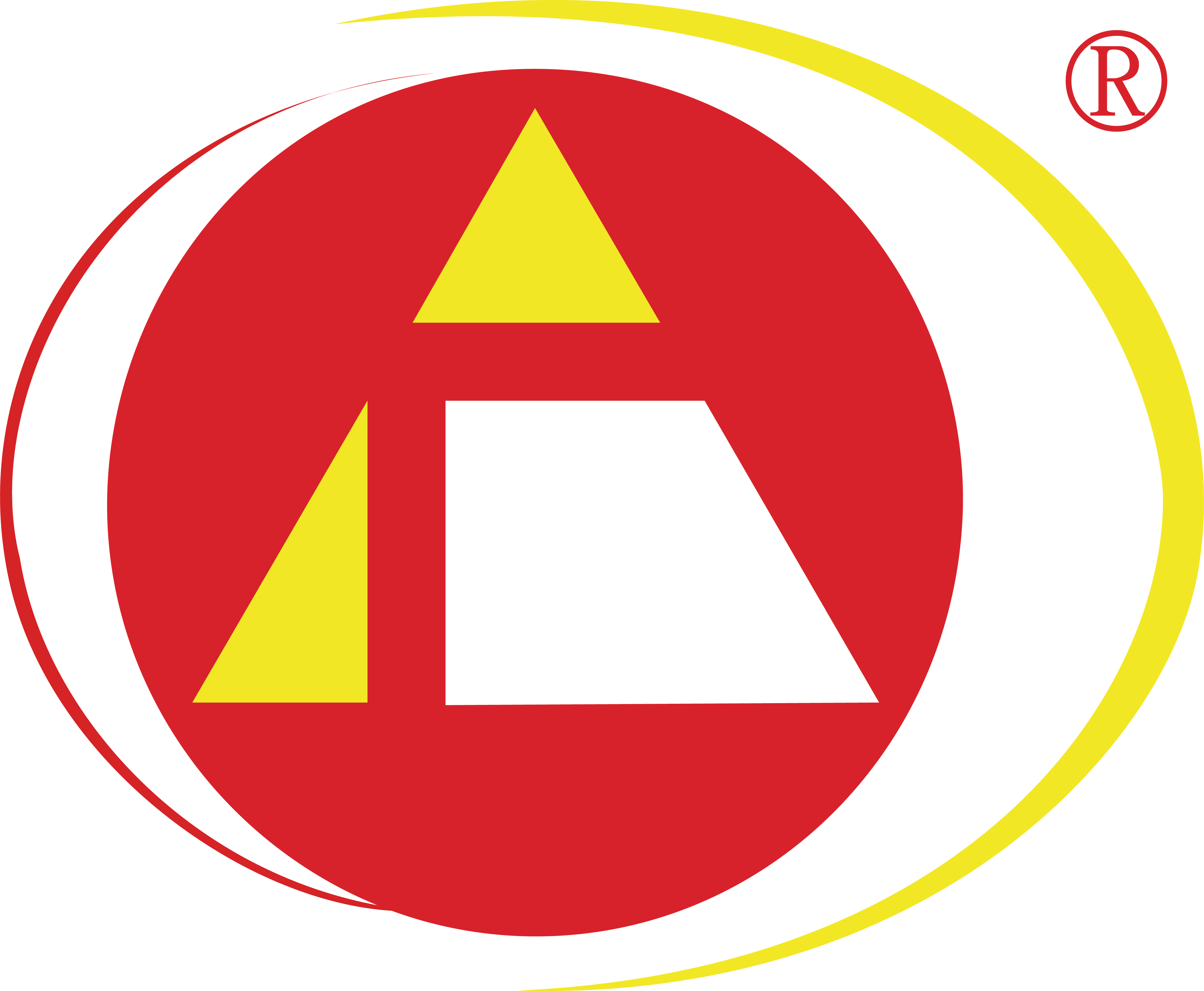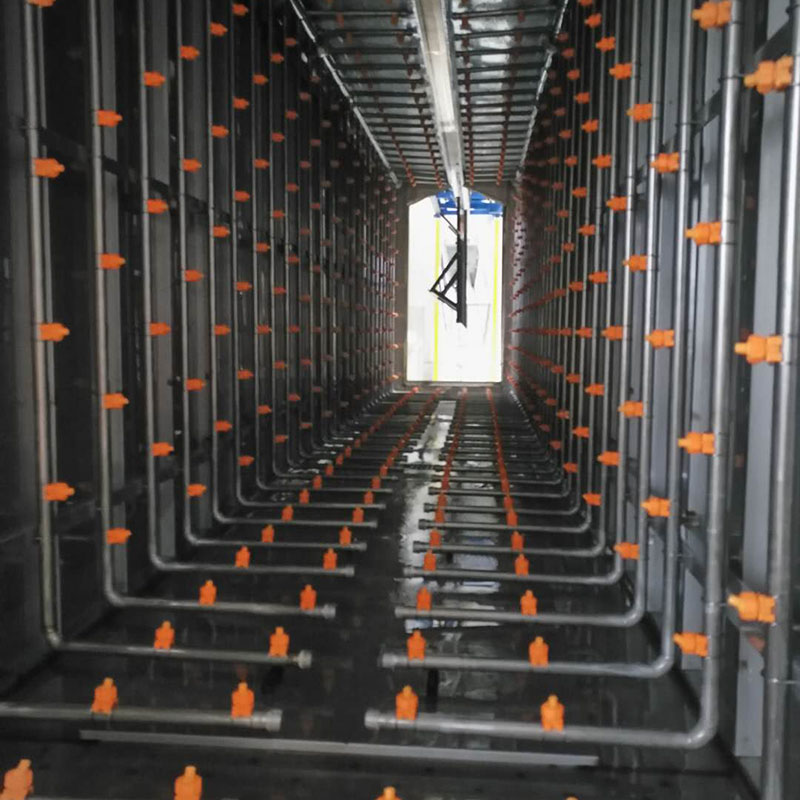Outdoor Building Profile Powder Spray Paint Coating Line
Principle
Aluminum building profile electrostatic powder spraying mainly adopts high-voltage electrostatic method, due to the building profiles are mainly used for outdoor, the powder is generally used in thermosetting polyester powder coating with good comprehensive performance.
The basic principle is that the electrode on the gun body and the high-voltage generator connected to produce a high-voltage electrostatic field, so that the air around the gun corona ionization, due to the role of the corona electric field.
When the powder is sprayed from the gun, the powder particles collide with the ionized air particles to form negatively charged particles, which are then sent to the grounded workpiece with the airflow to be adsorbed. The powder coating is then cured by baking, thus achieving the purpose of coating.
Product Display




Surface Pretreatment
The main purpose of surface pretreatment is to remove oil, slight extrusion marks and natural oxide film on the surface of aluminum profiles to achieve a flat profile surface, and then obtain a 0.5-2μm conversion film through chemical oxidation.
Profiles should be degreased thoroughly in the pretreatment process, if the degreasing is not clean, it will cause incomplete conversion film, poor adhesion of the powder layer, the surface is prone to defects such as concave cavities, pinholes, etc., and the water, oxygen and ions will penetrate the coating to enter the metal surface, resulting in corrosion of the substrate.
Degreasing, neutralization, transformation should be carried out after a thorough water washing, generally after each process should be washed twice, after the transformation of water washing is best to use pure water, through the water washing to remove the surface residues, so as not to cause the spray coating blistering, staining, and the interface with the metal is destroyed, accelerating corrosion of the metal under the coating.
Drying
After pretreatment, the profile should be dried immediately, so that the surface does not retain moisture, if the profile surface retains moisture into the A powder coating process, the coating will produce bubbles.
Note that the drying temperature should not exceed 130 ℃, the temperature is too high will make the conversion film too much loss of crystalline water and transformation, become loose and make the coating adhesion decline.
Electrostatic Powder Coating
Profile hanging in the conveyor chain into the powder coating booth, negatively charged powder coating particles in the electrostatic field, with the help of compressed air drive adsorption on the surface of the profile, the powder evenly coated on the surface of the profile, and soon reach the technical standards stipulated in the requirements of the film thickness.
In order to ensure the quality of profile coating, the powder spraying process should focus on controlling the thickness of the powder layer. Powder layer is too thin, less than 45μm cannot cover the powder coating particles, so that the surface particles increase, resulting in poor uniformity of the coating. Powder layer is too thick, affecting the powder melt leveling; the coating produces flow marks and orange peel. In addition, the film thickness also affects the gloss of the coating, impact strength, and weather resistance and so on.
Baking and curing
After the powder spraying, the profile enters the curing oven, and the powder adsorbed on the surface of the profile is melted through heating and baking, and the gas in the gap of the powder is discharged, and it is gradually leveled, gelatinized and cured into a film.
Curing process is an important process of powder coating, building aluminum profiles using thermosetting polyester powder coating, the required curing temperature of 180℃, time 20min.
Contact us to customize a line for your own!
















